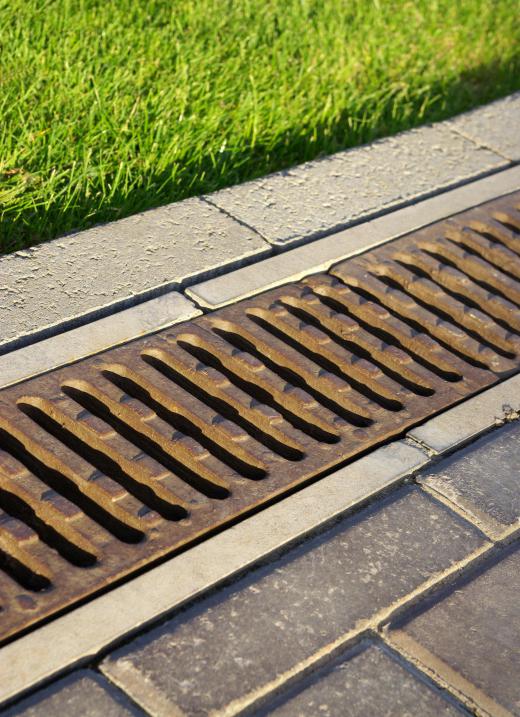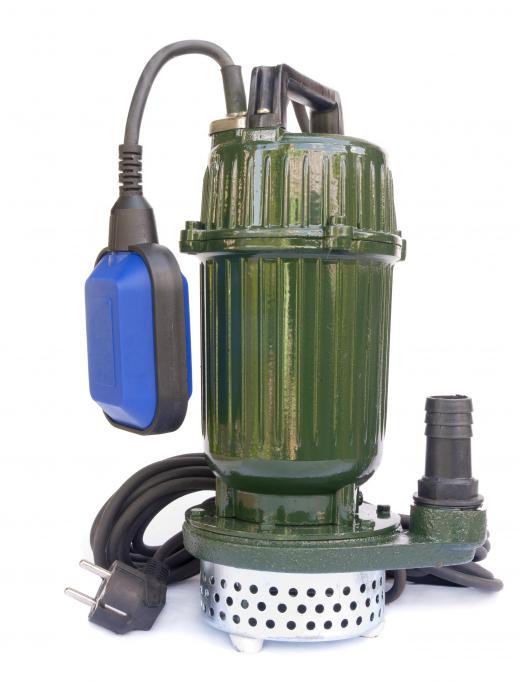A sump pump keeps the space beneath your basement, and your basement itself, from flooding during excessive storms. The sump is a small reservoir under your basement that is meant to fill when groundwater levels rise, instead of letting the water seep into the basement and cause damage. Using a sump pump to move that water forces it up to ground level far enough away from your house to properly drain.
Many houses in wet climates are built with a sump that drains the basement and the area under the footings of the foundation of excess water. The sump collects water flowing in, as during storm flooding, as well as water rising up from a saturated ground supply. Installing a sump pump ensures that whether water comes from above or below, your basement will remain dry and structurally sound. Standing water in a basement is not only inconvenient, but over time it can begin to affect the integrity of your foundation.

There are two main kinds of sump pump. The submersible variety combines the pump and the waterproof motor in one unit that completely fits inside the sump, so it can get wet. The pedestal, or upright, type puts the pump inside the sump with the motor perched on top of a column that extends above the floor of the basement. The motor on a pedestal sump pump is not meant to get wet. Both types connect to a long outlet pipe that carries the water to an area at least 20 ft (6 m) from your house, preferably somewhere it can drain. The capacity of a sump pump is related to the strength of the motor, specified in horsepower, as well as the size of the outlet pipe.

Most sump pumps are powered by electricity. Sometimes people prefer to have an emergency back-up sump pump that runs on batteries, in case a storm knocks out their power. A plastic or rubber floater, like the one found in the tank of your toilet, typically triggers sump pumps. When the water rises above the critical level, the floater rises and flips a switch that starts the motor pumping. Most problems with the performance of your sump pump can be corrected by unjamming or replacing the floater.
